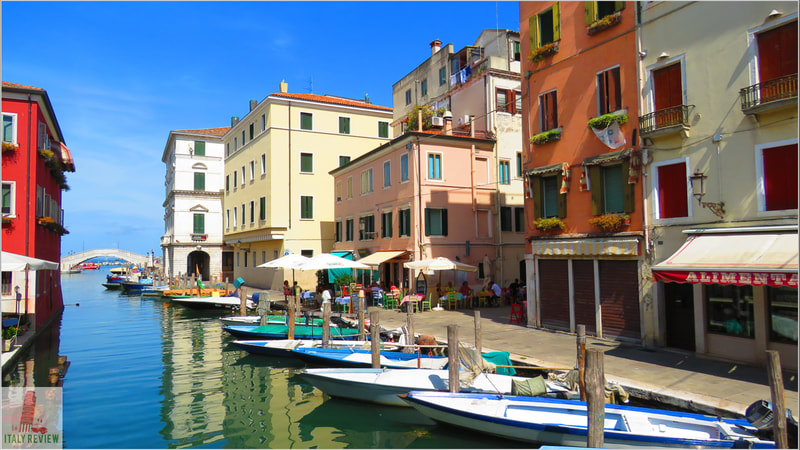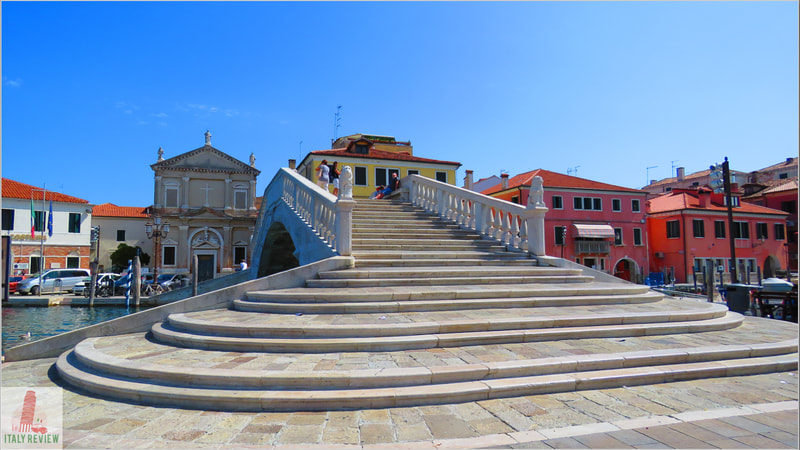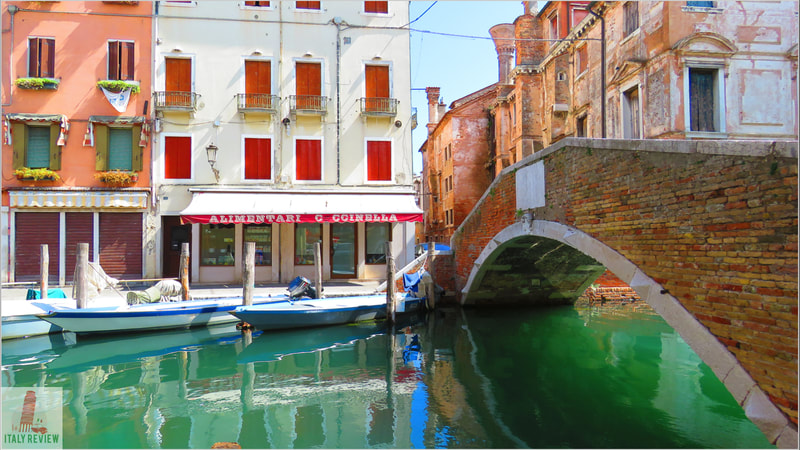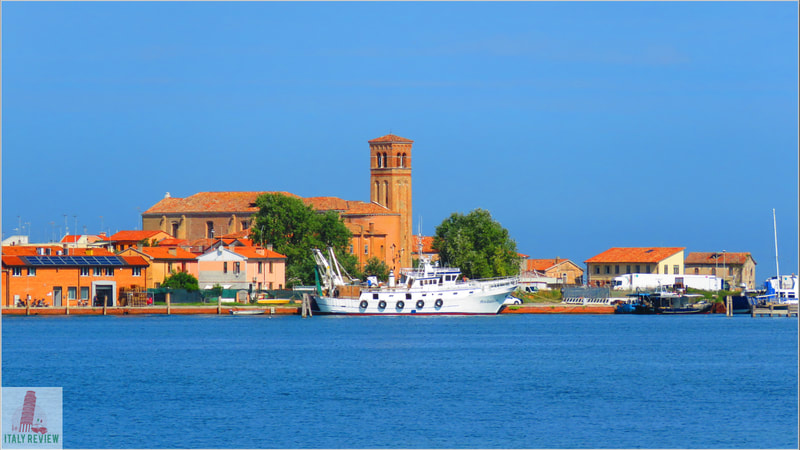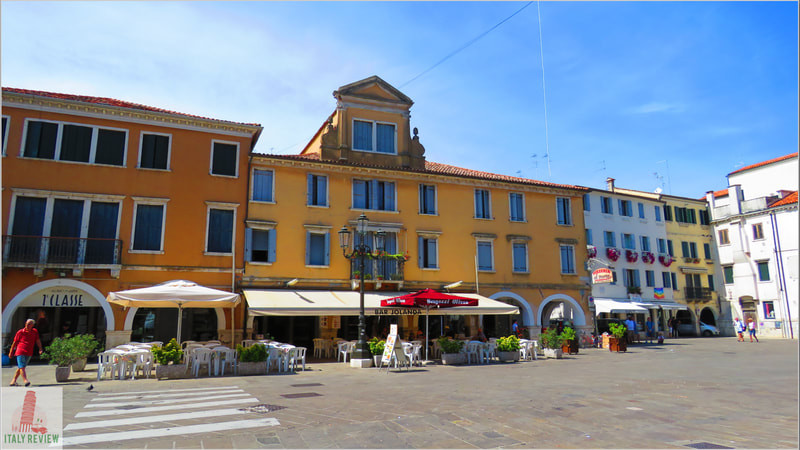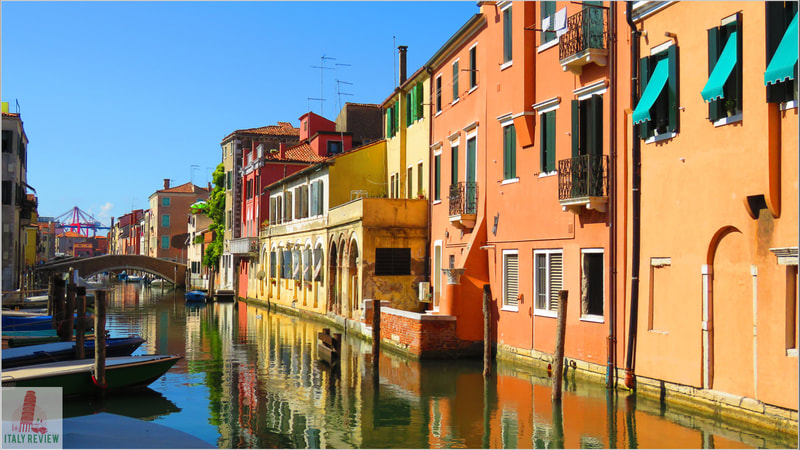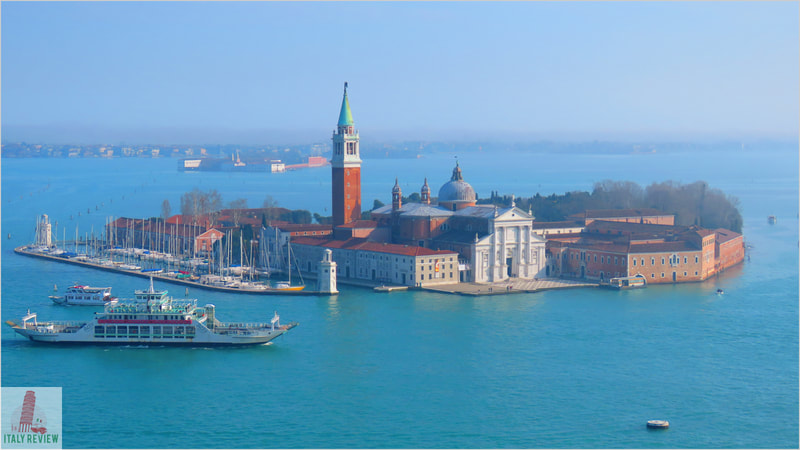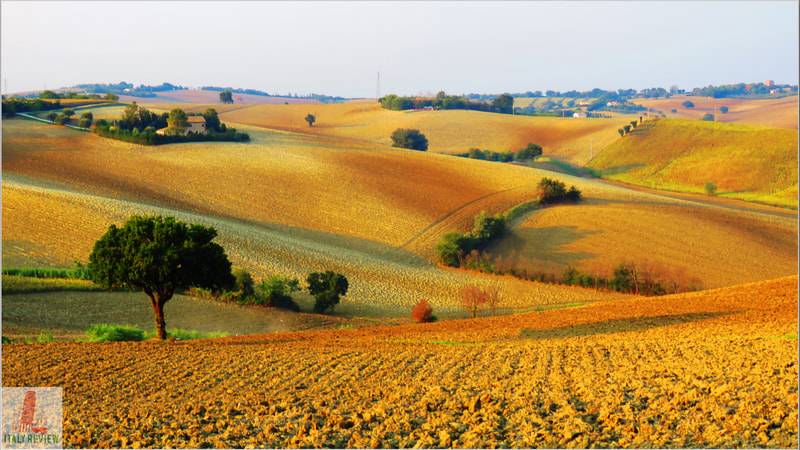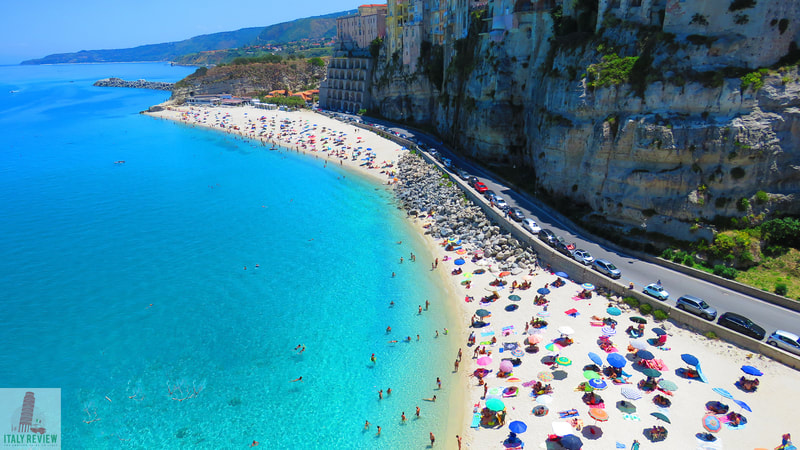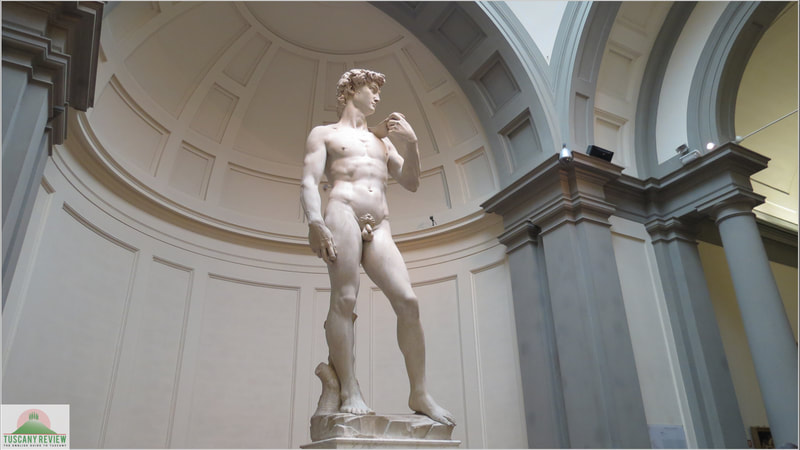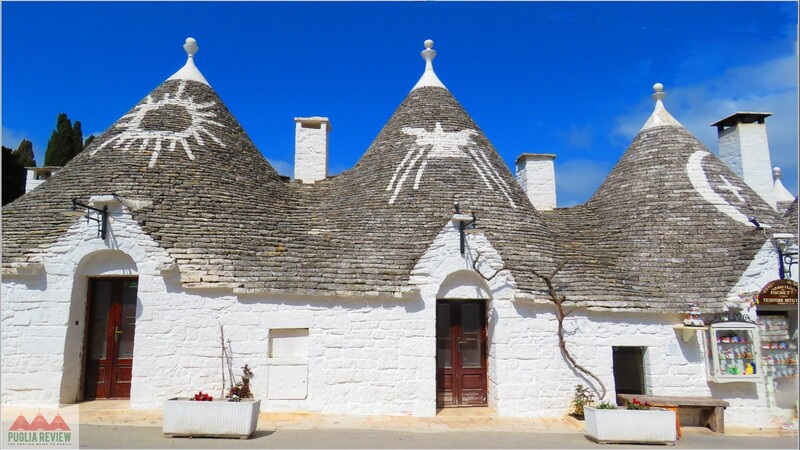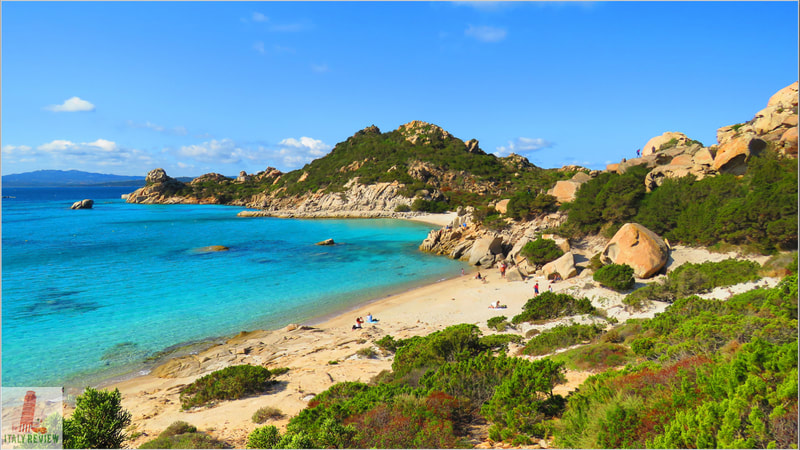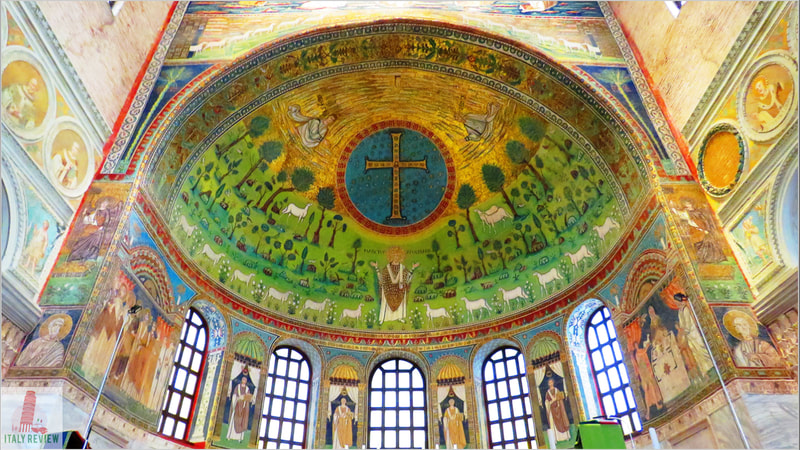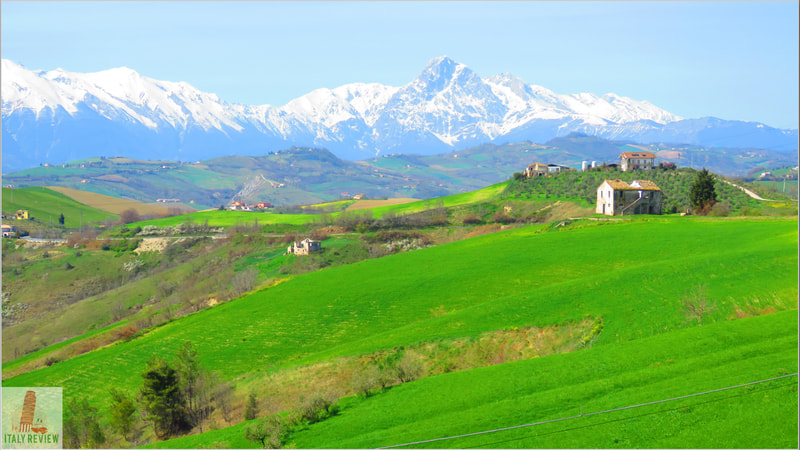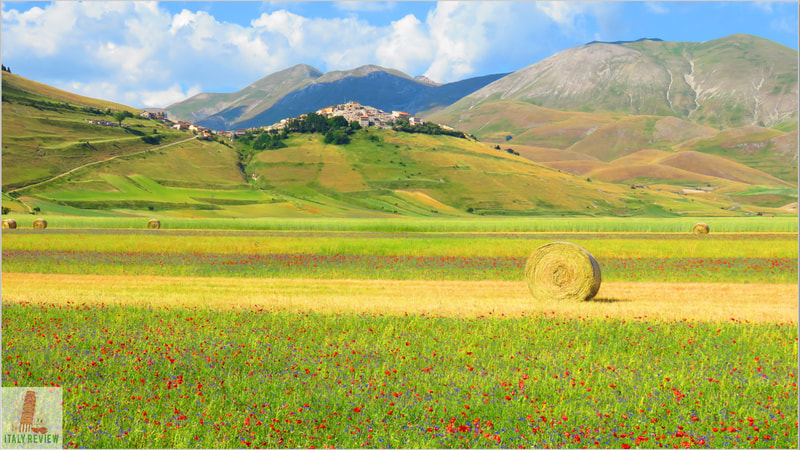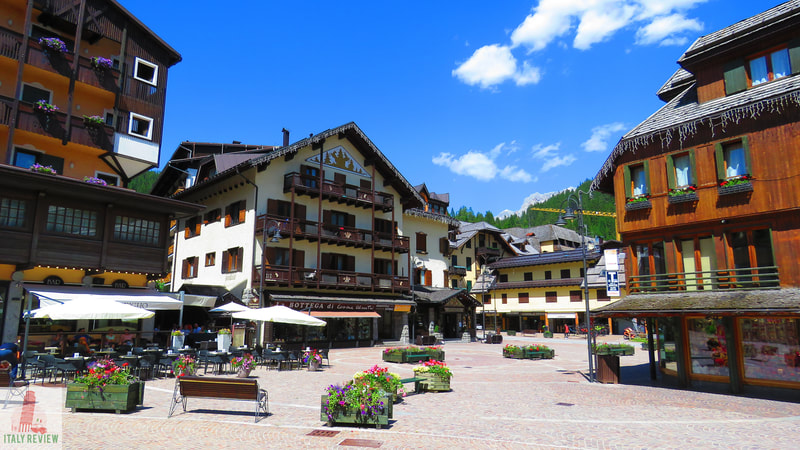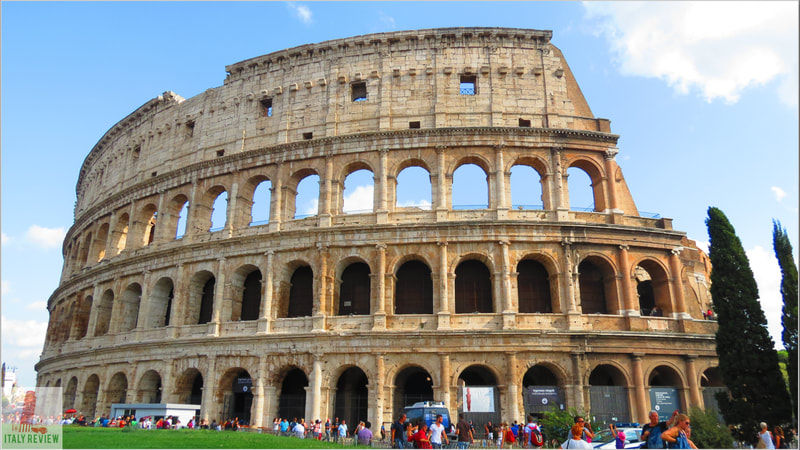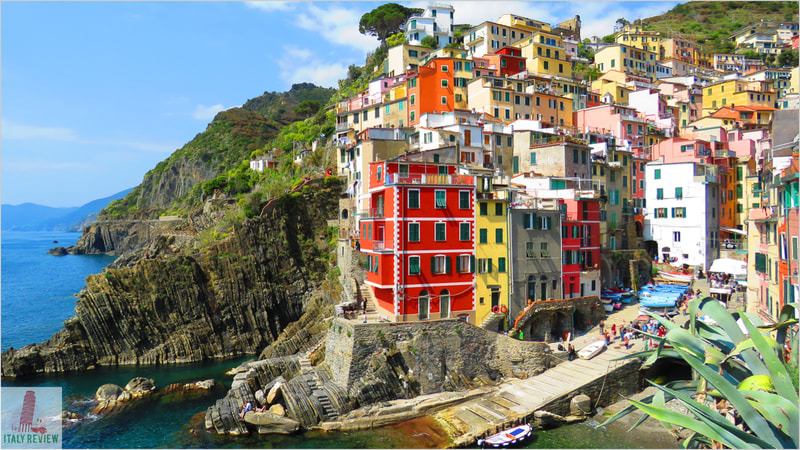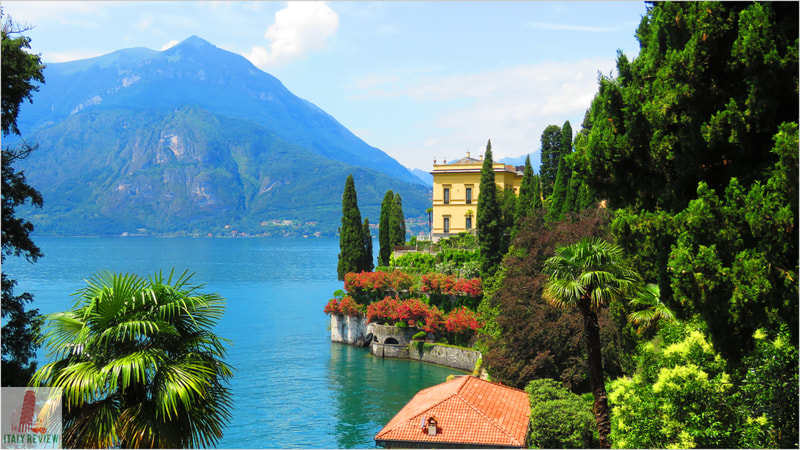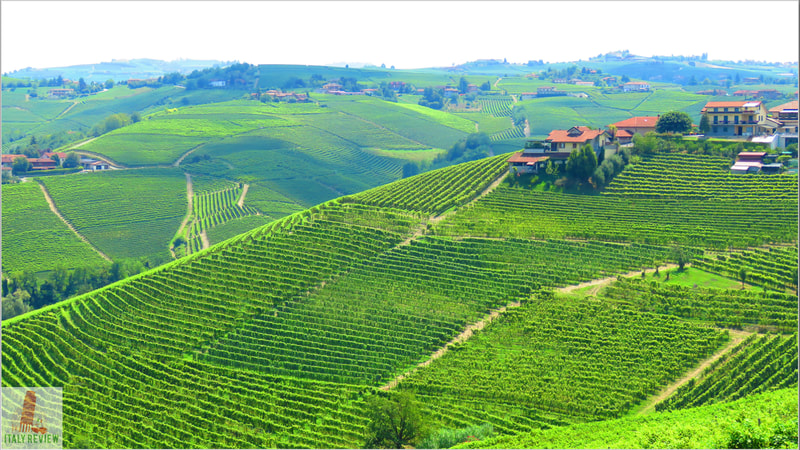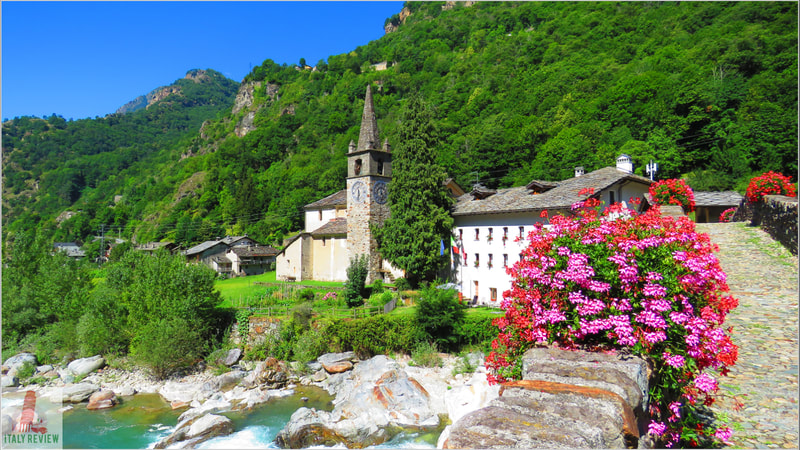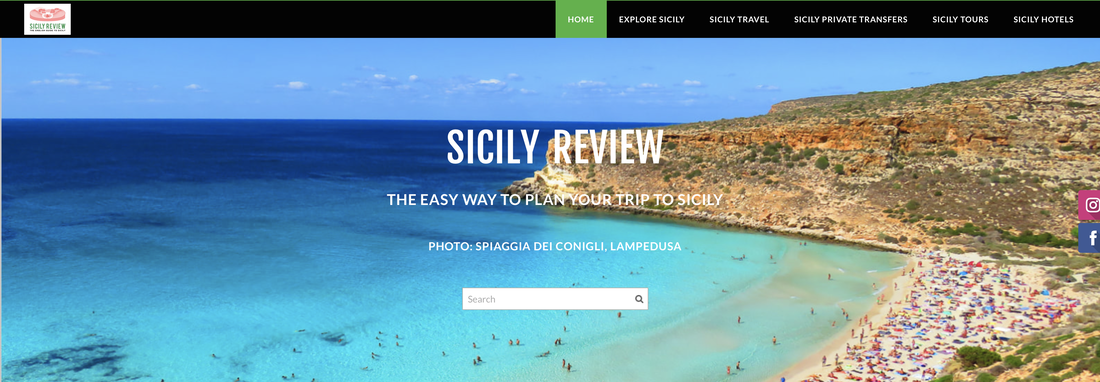Chioggia
|
By Dion Protani
|
Latest update: 23 January 2024
|
|
The beautiful town of Chioggia is situated at the southern end of the Venice Lagoon in the region of Veneto.
Located around 25 kilometres from Venice at the southern end of the Lagoon, Chioggia is something of a mini version of the nearby city with cheaper accommodation prices and fewer people around. Its main sights include the Corso del Popolo thoroughfare that runs through the middle of the town and a series of three canals traversed by bridges including the ornamental Ponte di Vigo. |
Related links
Understanding Chioggia
Chioggia is one of the most unheralded yet attractive towns in the Veneto region that owes most of its fame to a naval battle in the 14th century. On 24th June 1380, after a long struggle during which each side thought they were about to be victorious, the Battle of Chioggia was eventually won by Venice, handing-out a devastating defeat to their deadly commercial rivals Genoa.
You can describe Chioggia either as a town or an island for both are true; it's surrounded on all sides by the Lagoon but connected to the mainland via a couple of short road bridges which crosse to the beach resort of Sottomarina. Whereas Sottomarina looks directly out on to the Adriatic Sea, Chioggia is safely tucked inside the Lagoon which is just one reason it became so fiercely contested.
The Lagoon islands of Pellestrina and Venice Lido to the north of Chioggia are long, thin strips of land that effectively act as barriers, separating the sea to the east from the land to the west and creating the Lagoon in between.
Since its foundation around the 6th century AD, Chioggia's economy revolved around fishing but everything was interrupted in the 9th century when the town was destroyed by the Franks. Chioggia gradually rebuilt itself, largely basing its rebirth around the production of salt, before its 15th century alliance with Venice saw even greater riches arrive.
You can describe Chioggia either as a town or an island for both are true; it's surrounded on all sides by the Lagoon but connected to the mainland via a couple of short road bridges which crosse to the beach resort of Sottomarina. Whereas Sottomarina looks directly out on to the Adriatic Sea, Chioggia is safely tucked inside the Lagoon which is just one reason it became so fiercely contested.
The Lagoon islands of Pellestrina and Venice Lido to the north of Chioggia are long, thin strips of land that effectively act as barriers, separating the sea to the east from the land to the west and creating the Lagoon in between.
Since its foundation around the 6th century AD, Chioggia's economy revolved around fishing but everything was interrupted in the 9th century when the town was destroyed by the Franks. Chioggia gradually rebuilt itself, largely basing its rebirth around the production of salt, before its 15th century alliance with Venice saw even greater riches arrive.
Lavish town centre
Much of those riches were lavished on the town centre; if arriving by boat you're met with the beautiful Piazzetta Vigo which is surrounded by bars and restaurants. At one corner of the Piazza is a statue with the lion of Venice on top but most eye-catching is the graceful Ponte di Vigo, a bridge that spans the canal and is said to date back to the 14th century, perhaps even the scene of fighting during the War of Chioggia. The bridge crosses one of three canals that run through Chioggia which is mapped out in a simple grid pattern.
The principal street running through the centre of the town is the Corso del Popolo and this is where you'll find the majority of historic monuments and churches. Among those religious monuments are the Chiesa di Sant'Andrea, the Chiesa di San Giacomo and the Chioggia Cathedral that's towards the southern end of the Corso. Every Thursday morning Chioggia is thronged by the weekly market that unravels all along the Corso and central to the action is the 14th century Granaio or granary building. Aside from the weekly market there's a daily fish market with all the associated sounds and smells.
A number of beautiful bell towers look down on to the Corso which is lined by an endless stream of shops and restaurants with tables outside. One of the greatest attractions of Chioggia is that it's something of a mini-Venice without the crowds so if that's what you're looking for, perhaps the Thursday market is best avoided as it gets really busy here. Still, if you do happen to come on a Thursday there are some more peaceful areas of the town to enjoy.
The principal street running through the centre of the town is the Corso del Popolo and this is where you'll find the majority of historic monuments and churches. Among those religious monuments are the Chiesa di Sant'Andrea, the Chiesa di San Giacomo and the Chioggia Cathedral that's towards the southern end of the Corso. Every Thursday morning Chioggia is thronged by the weekly market that unravels all along the Corso and central to the action is the 14th century Granaio or granary building. Aside from the weekly market there's a daily fish market with all the associated sounds and smells.
A number of beautiful bell towers look down on to the Corso which is lined by an endless stream of shops and restaurants with tables outside. One of the greatest attractions of Chioggia is that it's something of a mini-Venice without the crowds so if that's what you're looking for, perhaps the Thursday market is best avoided as it gets really busy here. Still, if you do happen to come on a Thursday there are some more peaceful areas of the town to enjoy.
Getting away from the crowds
Taking the Ponte di Vigo bridge across the Canale Vena is a great way to get away from the crowds and a walk from one end of the canal with its porticoed walkways to the other will make you feel like you're in another kind of Venice where you still have the pretty bridges crossing the water but don't have so many people for company at every turn.
Where the Canale Vena is a fairly narrow affair, the canal to the east is somewhat more open. A walk from the southern end of the Fondamenta San Domenico past the fishing boats on the Canale San Domenico will eventually lead you to a bridge at the northern end of the canal which leads across to the pretty Chiesa di San Domenico.
Aside from its small number of historic monuments, Chioggia is really a place to just come and enjoy the atmosphere of a genuine, living, breathing town of Veneto that's not overrun by tourism yet enjoys a similar set of charms to those of Venice. With its jetty connected to the Venice Water Bus network it's tempting to think of Chioggia as an alternative or cheaper base from which to visit Venice but it's worth noting the journey time of up to two hours by boat in each direction which is quite prohibitive.
Where the Canale Vena is a fairly narrow affair, the canal to the east is somewhat more open. A walk from the southern end of the Fondamenta San Domenico past the fishing boats on the Canale San Domenico will eventually lead you to a bridge at the northern end of the canal which leads across to the pretty Chiesa di San Domenico.
Aside from its small number of historic monuments, Chioggia is really a place to just come and enjoy the atmosphere of a genuine, living, breathing town of Veneto that's not overrun by tourism yet enjoys a similar set of charms to those of Venice. With its jetty connected to the Venice Water Bus network it's tempting to think of Chioggia as an alternative or cheaper base from which to visit Venice but it's worth noting the journey time of up to two hours by boat in each direction which is quite prohibitive.
Visiting Chioggia and the surrounding area
Despite its marine connections to other parts of the Lagoon, it's easiest to visit by road as part of a wider tour of the Veneto region's mainland attractions. The short hop from Chioggia to the colourful island of Pellestrina is to be encouraged whereas the beach resort of Sottomarina leaves a little to be desired and there are greater riches on its doorstep.
An hour's drive north west of Chioggia brings you to the city of Padova which offers a veritable treasure-chest of sights with the incredible Prato della Valle piazza, the Scrovegni Chapel with its frescoes by Giotto and the magnificent Basilica di Sant'Antonio among them. South of Chioggia are the wetlands of the Po Delta Regional Park, beyond which are the historic Pomposa Abbey and another lagoon-side town of Comacchio, across the regional border into Emilia Romagna.
The most popular international route into Chioggia is via Venice Marco Polo Airport which is just under an hour's drive away and situated to the north of Venice. Slightly further away is Treviso Airport which takes just over an hour to reach from Chioggia but offers a much smaller number of international flights than Venice Marco Polo.
To reach Chioggia by boat from Venice can take around two hours and requires a change at Venice Lido. If you're staying at accommodation on Venice Lido itself then it becomes a more attractive proposition for a day-trip with a journey time of an hour and a quarter each way on the number 11 route which is the same boat that crosses to Pellestrina.
An hour's drive north west of Chioggia brings you to the city of Padova which offers a veritable treasure-chest of sights with the incredible Prato della Valle piazza, the Scrovegni Chapel with its frescoes by Giotto and the magnificent Basilica di Sant'Antonio among them. South of Chioggia are the wetlands of the Po Delta Regional Park, beyond which are the historic Pomposa Abbey and another lagoon-side town of Comacchio, across the regional border into Emilia Romagna.
The most popular international route into Chioggia is via Venice Marco Polo Airport which is just under an hour's drive away and situated to the north of Venice. Slightly further away is Treviso Airport which takes just over an hour to reach from Chioggia but offers a much smaller number of international flights than Venice Marco Polo.
To reach Chioggia by boat from Venice can take around two hours and requires a change at Venice Lido. If you're staying at accommodation on Venice Lido itself then it becomes a more attractive proposition for a day-trip with a journey time of an hour and a quarter each way on the number 11 route which is the same boat that crosses to Pellestrina.
Comune di Chioggia
|
Province: Metropolitan City of Venice
Region: Veneto Population: 47,735 (source: ISTAT 1 January 2024) Size: 185 km² Highlights: Corso del Popolo, Ponte di Vigo, Canale Vena Market day: Thursday morning Travel facilities: local buses, Venice Water Bus Vaporetto jetty Fly to: Venice Marco Polo Airport - 1 hour 8 mins by car (63 km) Close by: Sottomarina, Pellestrina, Po Delta Regional Park, Padova Recommended accommodation: Hotel Grande Italia |
UNESCO World Heritage Site
Venice and its Lagoon
Year: 1987
Venice and its Lagoon
Year: 1987

